Is the espadín agave, the backbone of mezcal, destined to go the direction of the blue agave: overproduced, disconnected from its culture, and maligned by aficionados? On the 11 of July, a press conference was held at the Museum of Oaxacan Painters (MUPO), Oaxaca, to present “Espadín y Tierra 2025 – ESPATERRA 2025.” This event hopes to chart a new direction, revaluing espadín in the mezcal discourse.
Luis Larrazabal chaired the conference, while mezcalero Mario Acevedo introduced the project to a room of mezcal producers, agave spirits enthusiasts, and journalists. There were also words from other key members of the project, including Clarissa Cruz, Samuel Velasco, Dr. Felipe Palma Cruz, photographer Danely Corona, and mezcalera Natalia Juarez.
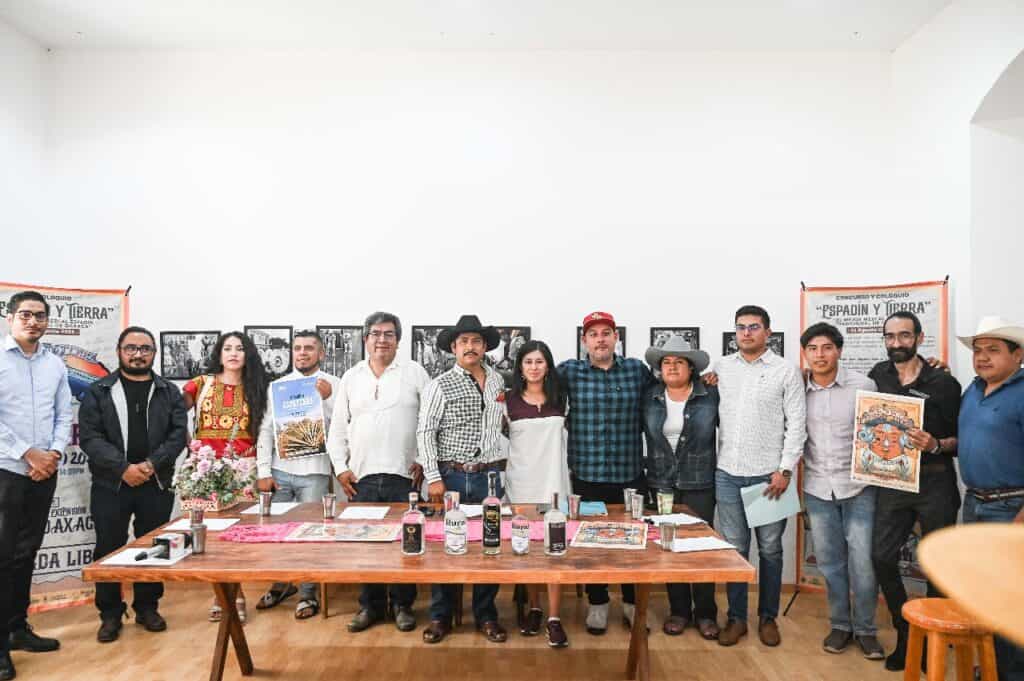
Espaterra is a cultural project that seeks to highlight the symbolic, economic, and social value of Oaxaca’s traditional espadín mezcal, as well as the voices and practices of the communities that preserve it. The aim is to revalue the traditional espadín mezcal of Oaxaca as a symbol of identity, knowledge, biodiversity, cultural resistance, and economic support for producing communities.
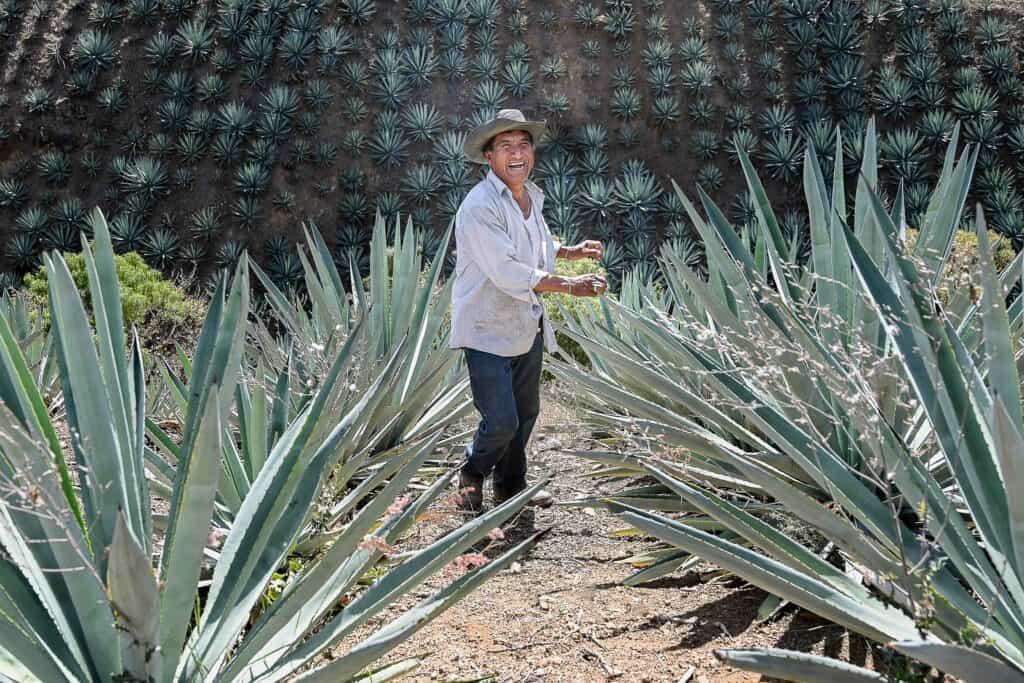
Espaterra’s mission statement sums it up: “the espadín is not just a plant, nor is mezcal just a beverage. It is a heritage, an economic foundation, and a symbol of resistance for indigenous peoples.” They explain that we need to raise awareness, strengthen the value chain, and position espadín as a cultural symbol of mezcal.
Highlighted statements are:
- “Each cultivated espadin is a story planted in the earth.”
- “Raising maguey is not a technical process: it is a spiritual practice.”
- “To vindicate the espadín is to defend the soul of mezcal.”
- “The heart of mezcal is cultivated in the memory of the land.”
- “Let’s not let others decide the value of our espadíns.”
- “Time to revalue the espadín as a symbol, not as a mass product.”
More than 17 mezcal-producing regions in Oaxaca are being represented, with the participation of producers, cooks, and tlachiqueras. There will be talks by academic speakers, agronomists, and traditional scholars, both in person and virtual for national and international reach.
The group is creating a space for dialogue, reflection, and visibility regarding espadín agave, recognizing its history, domestication, productive role, and cultural and economic value, through the voices of the Oaxacan communities that preserve it. This will be accomplished through a series of exhibitions, forums, and contests to promote a more transparent and conscious relationship between consumers and producers.
An opening event will take place at Chirundo on July 17th. This will feature a collective exhibition called “Agave Angustifolia,” which will showcase the deep connection between Oaxacan communities and the espadín maguey and will be “A visual narrative constructed through the lens of community photographers, producers, and artists allied to the territory.”
“The Heart of Mezcal” Competition for the best traditional espadín mezcal has four tasting stages taking place on July 20, 23, and 26. These will take place at Rosita de Borracho, Café Lluvia y Cosecha, and Cervecería Chorando. The criteria for judging are a sensory analysis based on organoleptics, adherence to traditional practices, and cultural context.
The final event will take place on August 1st, at the UNAM extension campus at Melchor Ocampo #102. The event begins at 10am and will include presentations and panel discussions as well as awarding prizes for the “The Heart of Mezcal” Competition. Espaterra will conclude at 2pm with words of gratitude and an opportunity for collective reflection.
All details for the event can be found at espaterra.com or their Instagram.
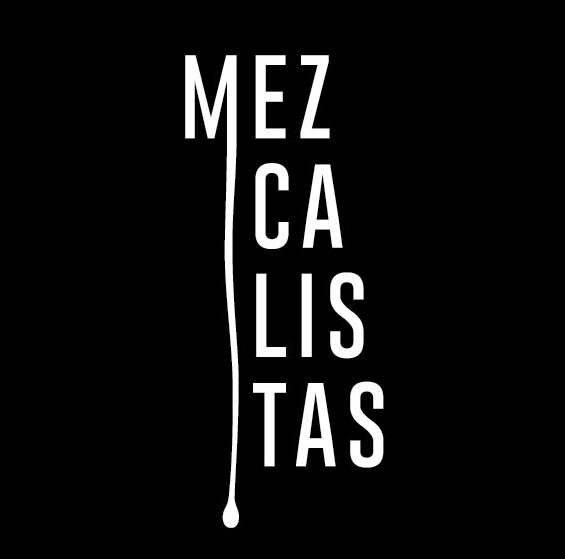
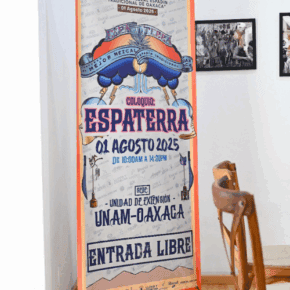

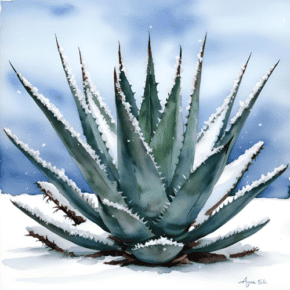
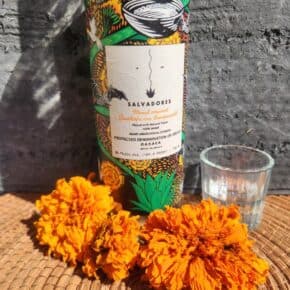
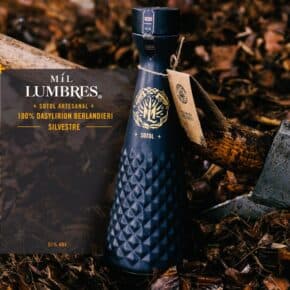
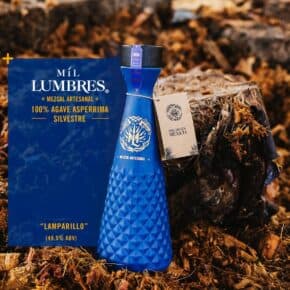
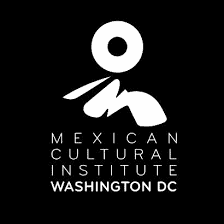




Leave a Comment